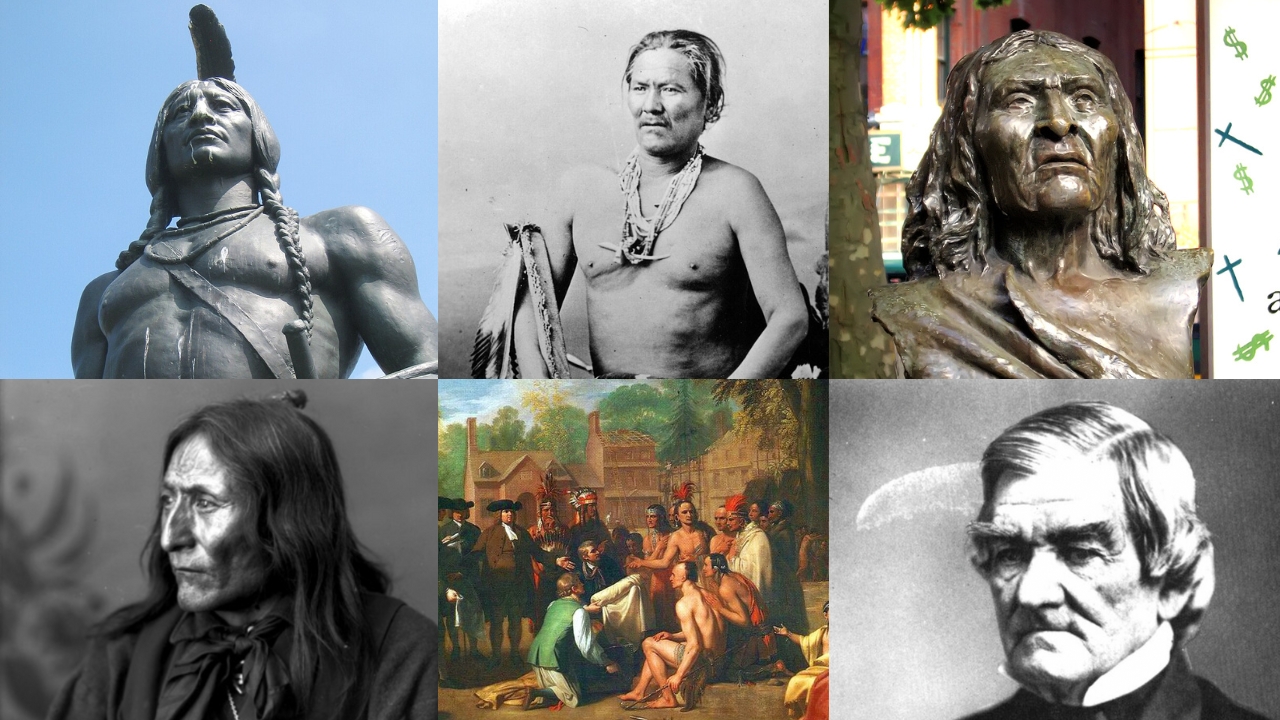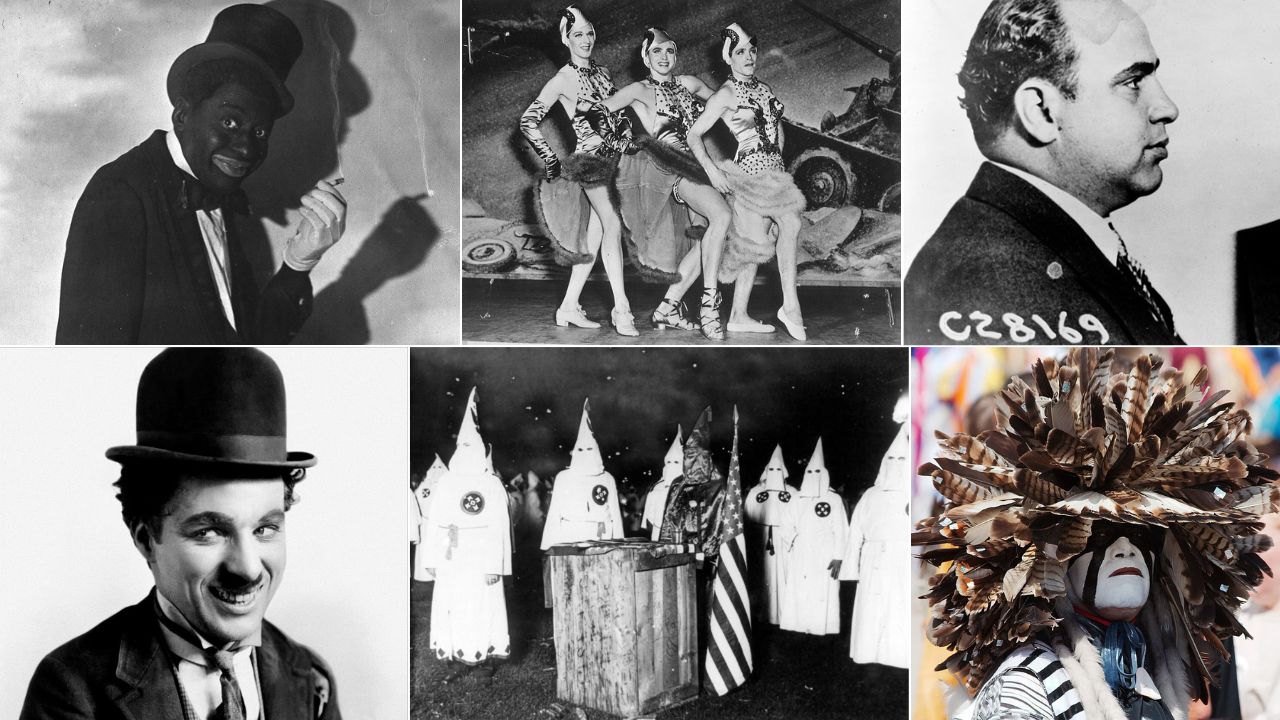U.S. history is full of strange, unbelievable events that might seem more like fiction than fact. From miraculous survival stories to bizarre political events and unthinkable moments in American politics, history often surprises us. These stories offer a look at the surprising and unexpected moments that have shaped the country. Get ready to learn about 10 wild stories from U.S. history that might be hard for teens today to believe are true, but are undeniably fascinating and important parts of the past.
1. Jackson Survived an Assassination Attempt (1835)
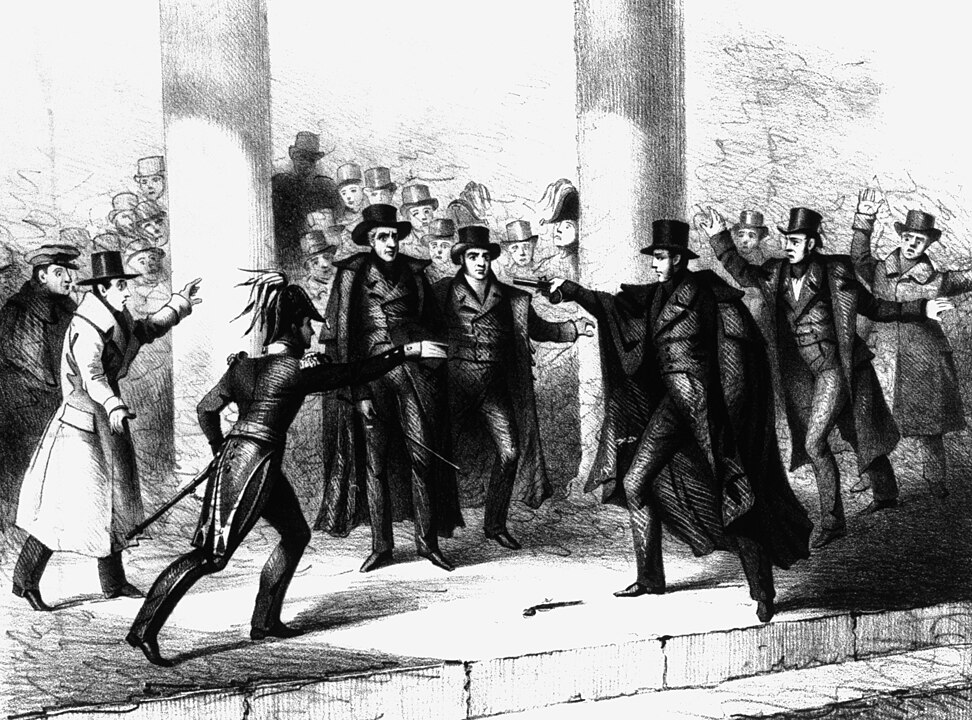
In 1835, President Andrew Jackson survived an assassination attempt while attending a funeral in Washington, D.C. A man named Richard Lawrence pulled out two pistols and fired at Jackson at point-blank range, but both weapons misfired. Jackson, enraged, charged toward Lawrence and began attacking him with his cane. The assassin was quickly subdued, and Jackson’s survival was seen as a testament to his resilience and personal strength. This wild story showed how unpredictable even presidential safety could be, and Jackson’s immediate response became part of his legendary toughness.
2. The Whiskey Rebellion (1794)
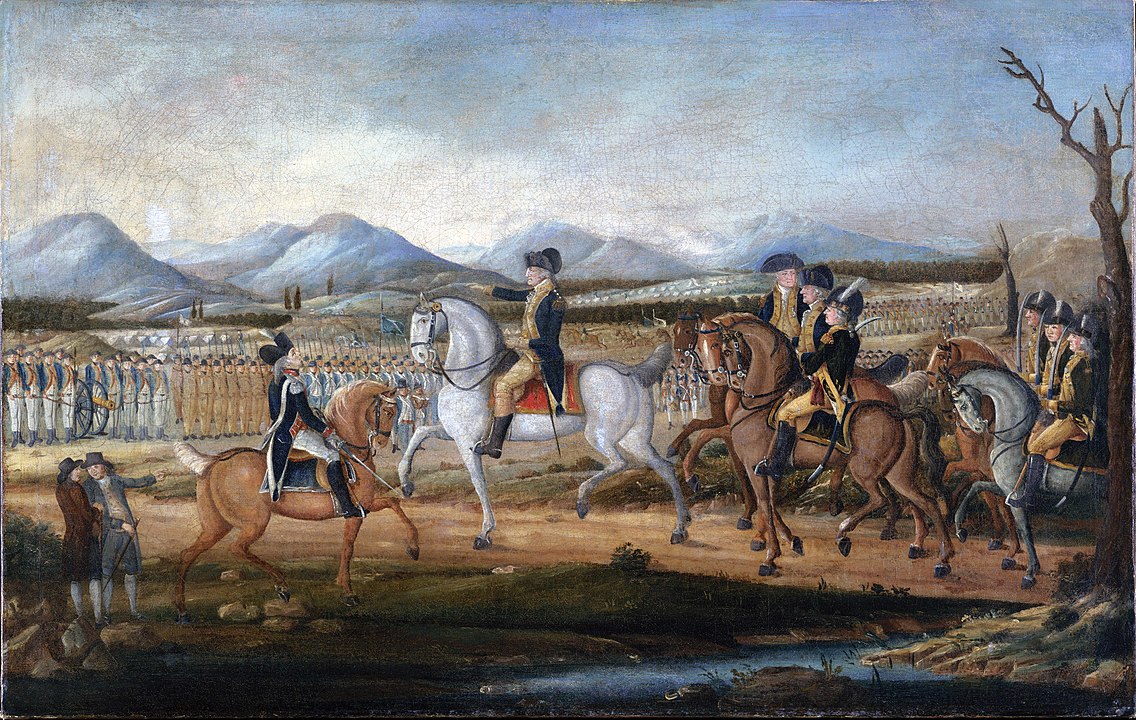
In 1794, farmers in western Pennsylvania rebelled against a federal tax on whiskey. The Whiskey Rebellion was one of the first major challenges to the new U.S. government’s authority. Farmers used whiskey as both a medium of exchange and a way to preserve grain, making the tax a severe burden. President George Washington sent in a militia to quell the uprising, sending a clear message that the government would enforce its laws. This event solidified the federal government’s power and is a significant moment in early American history, showing how hard it was to unite the new states under one law.
3. The Panic of 1837

The Panic of 1837 was a major economic depression triggered by speculative land investments and bank failures. The collapse of banks led to widespread unemployment, business failures, and severe economic hardship across the United States. President Martin Van Buren struggled to combat the financial crisis, and the impact was felt for years. It highlighted the dangers of unchecked financial speculation and how fragile the early American economy was. This depression set the stage for future economic policies, showing how deeply financial systems could impact national stability.
4. Roosevelt Was Shot Before a Speech (1912)
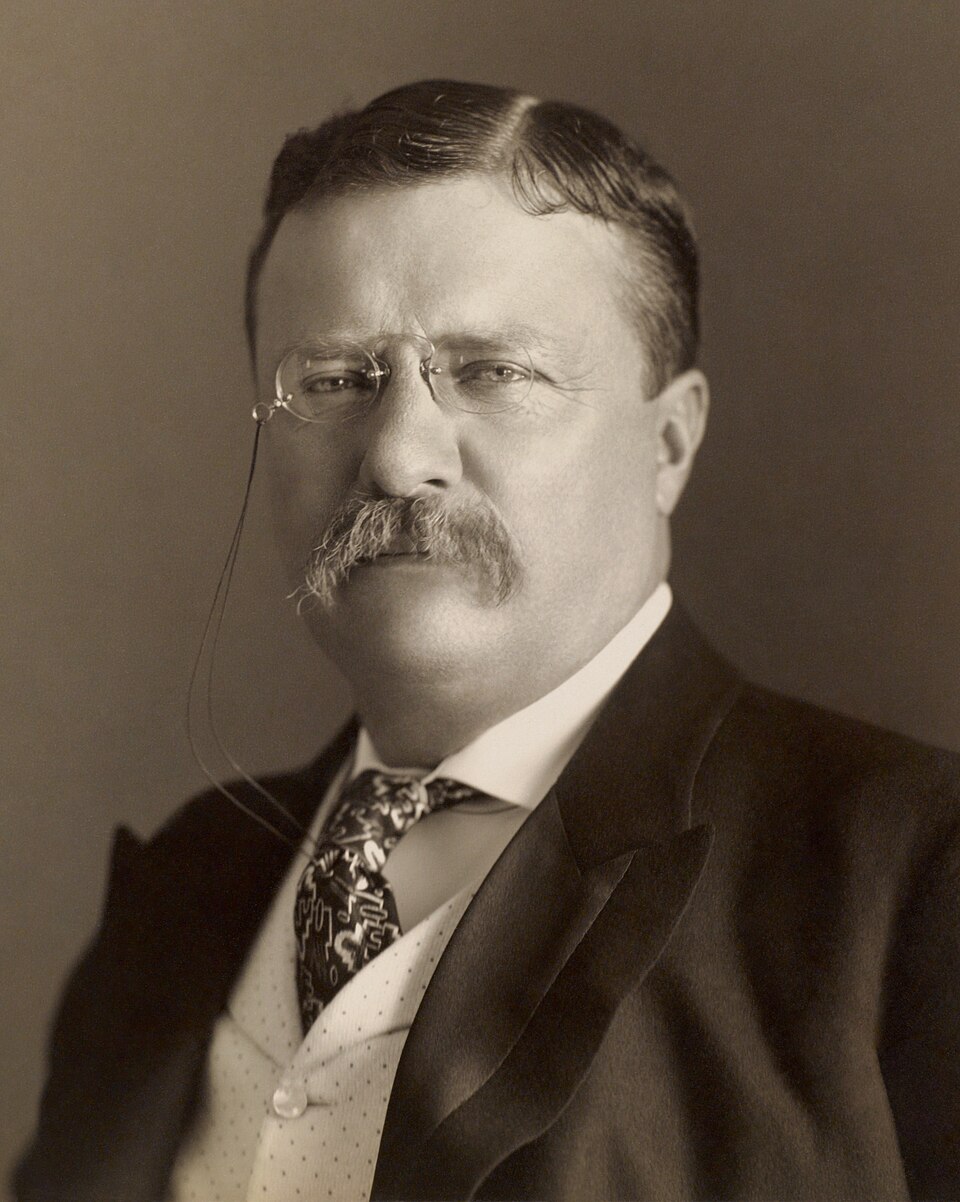
In 1912, former President Theodore Roosevelt was shot in the chest by an assassin before a campaign speech in Milwaukee. Despite the bullet lodging in his chest, Roosevelt continued to speak for over an hour, telling the crowd that “It takes more than that to kill a Bull Moose!” His refusal to stop gave him an iconic status and showed his remarkable resilience in the face of danger. This incident solidified Roosevelt’s image as a tough and determined leader, unshaken by violent threats, and is still one of the most incredible moments in U.S. political history.
5. Christa McAuliffe’s Space Mission (1986)

Christa McAuliffe, a high school teacher, became the first civilian selected to go to space in 1985. She was chosen from thousands of applicants to represent educators on NASA’s Teacher in Space program. On January 28, 1986, McAuliffe tragically perished in the Space Shuttle Challenger disaster, just 73 seconds after launch. Although McAuliffe was not the first American woman in space (that was Sally Ride), she became an iconic symbol of ambition and exploration. Her death shocked the nation, and her legacy continues to inspire students and teachers today, highlighting the risks and rewards of human space exploration.
6. The U.S. Invaded Canada (1812)
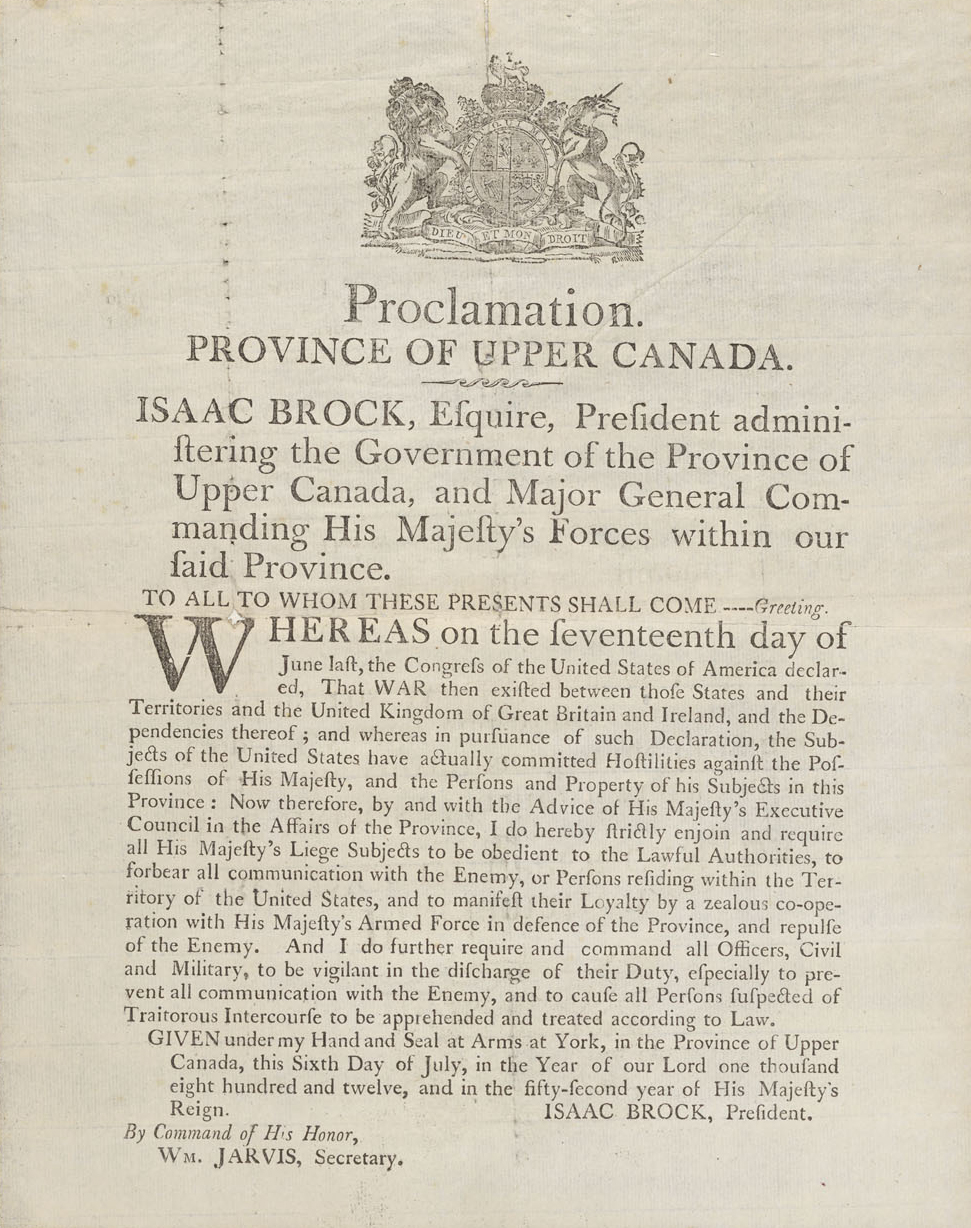
During the War of 1812, the U.S. tried to invade Canada, hoping to defeat British forces there and claim Canadian territory. The invasion, however, was a complete failure. American forces faced logistical challenges and were repelled by the British and Canadian militias. The invasion exposed flaws in U.S. military planning and sparked a series of battles that led to a long, drawn-out war with no clear victor. The episode is often regarded as one of the most embarrassing military failures in U.S. history and a reminder of the unpredictable nature of warfare.
7. The U.S. Army Used Hot Air Balloons (1861)

During the Civil War, the Union Army experimented with hot air balloons for military reconnaissance. The first “aerial battle” took place when Union troops used hot air balloons to observe Confederate positions. The balloons were tethered to the ground and provided a strategic advantage for mapping enemy lines. Though short-lived, this innovation in military technology set the stage for future aerial surveillance in wars to come. The hot air balloon experiment shows how even the most unlikely methods were explored during wartime, leading to new technological advancements in military strategy.
8. The U.S. Created a Balloon Army (1940s)

During World War II, the U.S. military created an experimental “balloon army” designed to defend against enemy aircraft. The idea was to release large balloons into the air, each filled with explosives, which would detonate if an enemy plane collided with them. While the program was ultimately unsuccessful and abandoned, the bizarre concept was part of a larger set of experimental tactics developed during the war. The “balloon army” is one of the more eccentric chapters of American military history, showcasing the unconventional ideas explored during the war.
9. A U.S. President Lost the White House to a “Stolen” Election (1824)
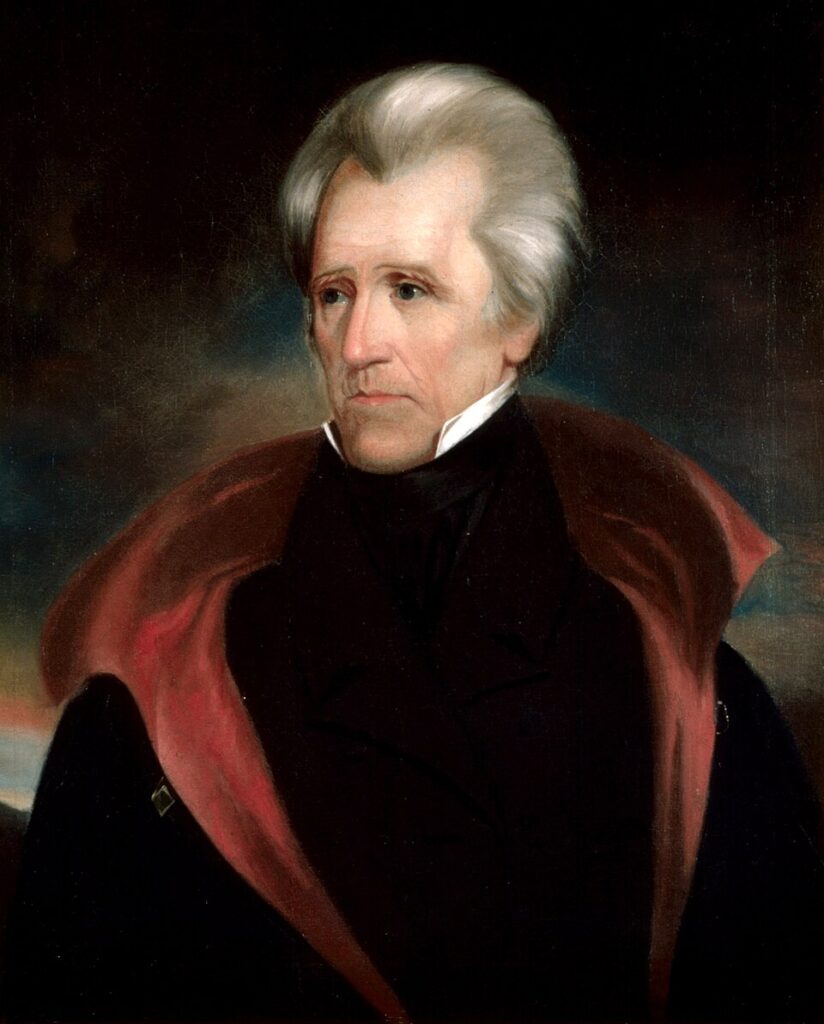
In the 1824 U.S. presidential election, Andrew Jackson won the popular vote and the most electoral votes, but he did not have a majority. In what became known as the “corrupt bargain,” Henry Clay, who had lost the election, threw his support behind John Quincy Adams, securing his victory in the House of Representatives. Jackson’s supporters cried foul, claiming the election had been “stolen.” This event led to Jackson’s victory in the 1828 election and sparked ongoing debates about the fairness of the American electoral process.
10. The U.S. Had an Official “War on Pineapples” (1898)
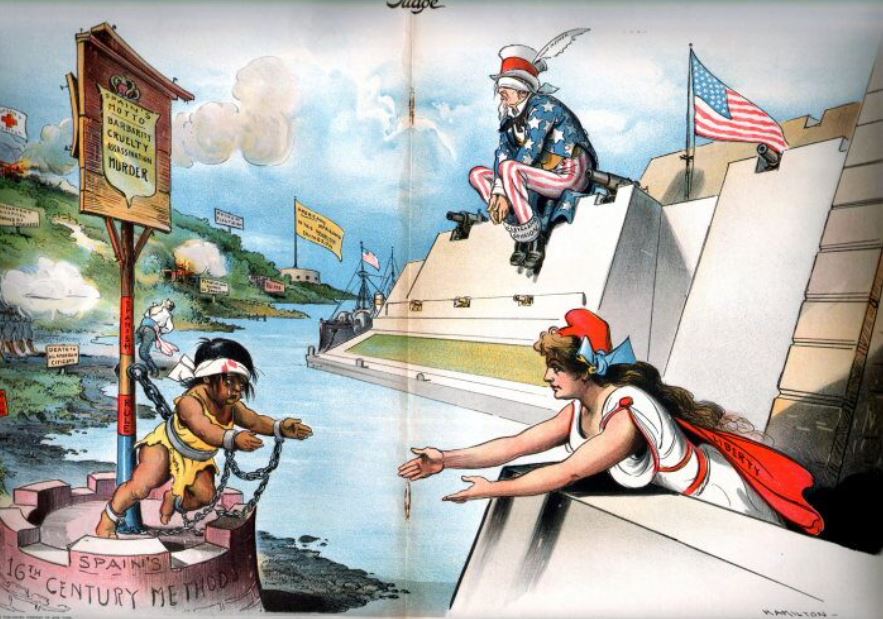
In 1898, during the Spanish-American War, the U.S. imposed tariffs on pineapples grown in Hawaii, a key U.S. territory at the time. These tariffs were part of broader tensions surrounding U.S. economic interests and Hawaii’s strategic importance. While this wasn’t a literal “war” over pineapples, it highlights the impact of imperialistic politics on everyday industries. The U.S. was involved in territorial expansion, and pineapple production became an economic pawn in the struggle for control of Hawaii. This quirky chapter in U.S. history shows how international conflicts can have surprising impacts on industries.

